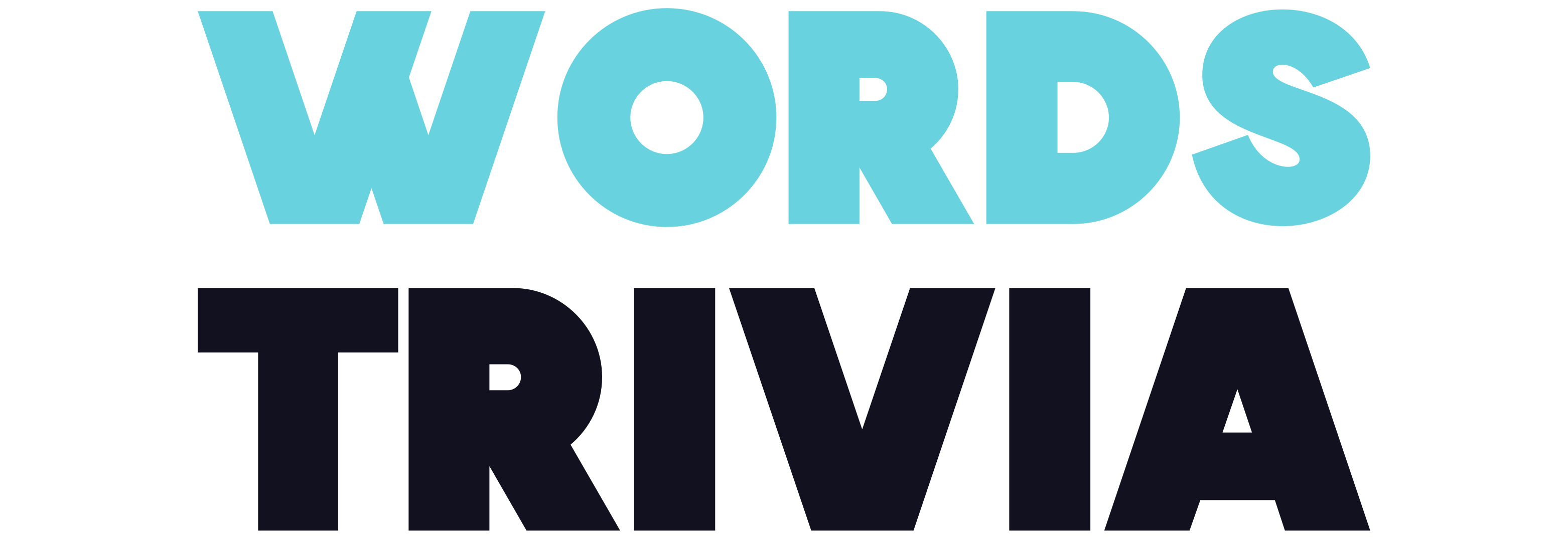Language is not just a medium of communication; it is a portal to a culture, its history, traditions, and even its philosophy. However, with the rapid globalization and modernization, many languages are at risk of extinction. This linguistic diversity loss is akin to losing a species - each language carries unique insights and knowledge about the world and humanity. Here are six endangered languages that are on the brink of extinction.
Ainu in Japan
The Ainu language, indigenous to Japan, is currently on the brink of extinction. Primarily spoken by the Ainu people in the northern region of Hokkaido, it was officially recognized by the Japanese government only in 2008. Despite the acknowledgment, the language faces a significant threat as only a handful of fluent speakers remain, most of who are elderly. The language faces an uphill battle due to lack of intergenerational transmission, where the younger generation is not learning the language.
Yuchi in United States
Spoken by the Yuchi people in the northeastern Oklahoma region of the United States, Yuchi is another language teetering on the edge of extinction. Currently, there are less than 12 fluent speakers, all of whom are elderly. Efforts are being made to revitalize the language through immersion schools and recording projects. However, the survival of this language remains a significant challenge.
Livonian in Latvia
The Livonian language, once widely spoken in Latvia, is also on the brink of extinction. The last native speaker passed away in 2013. However, there are a few individuals who have learned it as a second language. Despite the efforts of enthusiasts and linguists, the lack of native speakers makes the future of Livonian uncertain.
Chamicuro in Peru
Chamicuro, a language native to Peru, currently has less than 10 speakers, all of whom are elderly. The language has not been passed down to the younger generation, leaving it critically endangered. Despite the efforts of linguists to record and document the language, without active speakers in the community, the chances of Chamicuro's survival are slim.
Kaixana in Brazil
Kaixana is one of the most at-risk languages in the world. Once spoken by a large tribe along the Japurá River in Brazil, the language now only has one known speaker. Despite efforts to document and record the language, the lack of speakers makes its survival almost impossible.
Nǁng in South Africa
The Nǁng language, spoken by the ǂKhomani community in South Africa, is acknowledged as the most endangered language in the world. With only one fluent speaker remaining, attempts to revive the language face immense challenges. However, efforts are being made to teach the language to younger generations in the community.
The extinction of these languages signifies much more than just the loss of words. It represents the loss of unique cultures, histories, and wisdom that these languages carry. It is crucial to appreciate the diversity of languages and cultures around us and make an effort to preserve them. This preservation not only enriches our collective human experience but also ensures that future generations have access to the invaluable knowledge and insights these languages offer.
